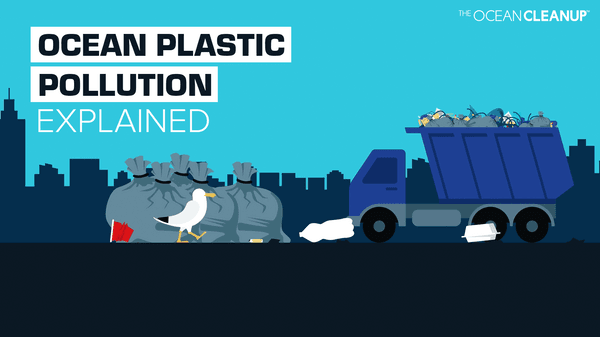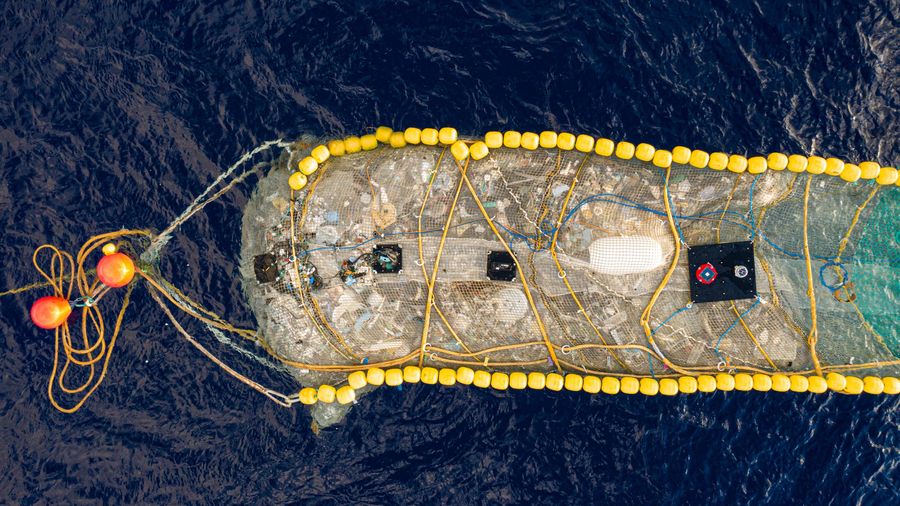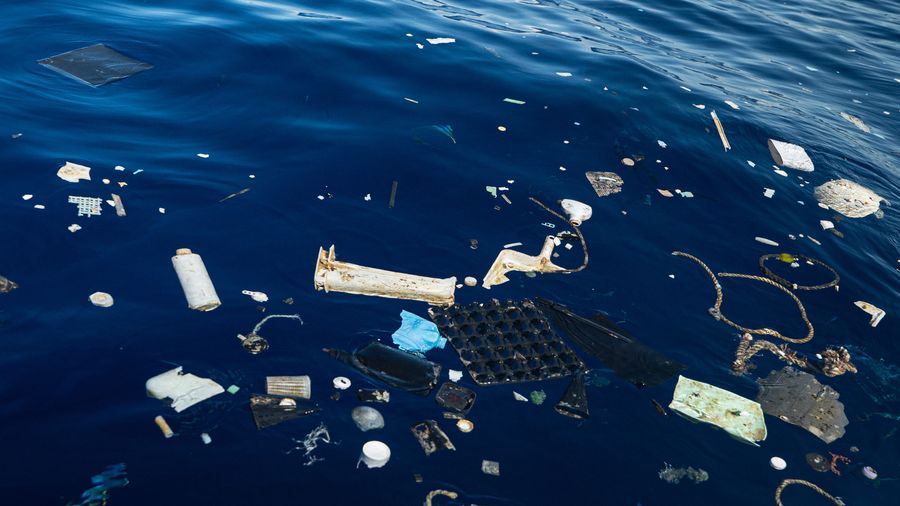
The Global Plastic Treaty can clean up the past and protect the future
Back to updates- Representatives from over 175 countries are meeting in South Korea to discuss a new plastics treaty to limit production and ban certain plastics.
- The Ocean Cleanup organization stresses the need for the treaty to address both new and existing plastic pollution, urging nations to set ambitious targets to prioritize ocean health.
Our world is drowning in plastic: from major cities to Himalayan glaciers; from the middle of the ocean to the air we breathe. But this week in South Korea, representatives from over 175 countries have the opportunity to take decisive action to limit future production and introduce bans on certain plastics with a new plastics treaty. It is a chance to help solve this urgent environmental crisis.
Our recent scientific report highlighted how the past seven years have seen a nearly five-fold increase in the number of plastic fragments in the Great Pacific Garbage Patch where we have been working to extract existing (legacy) ocean plastic pollution.
To end such pollution, it is essential that the treaty addresses plastic manufacture and, crucially, tackles this legacy plastic already harming health and ecosystems in areas of the ocean that lie beyond national jurisdiction.

A WINDOW OF OPPORTUNITY
The Ocean Cleanup is unique as we are the only ones cleaning up this legacy pollution in our seas. Our recent research demonstrates that legacy plastics will continue to fragment into micro and nanoplastics for decades, silently embedding themselves in our food chain and environment.
The Global Plastics Treaty represents our best chance to combat the plastic pollution crisis comprehensively. By including legacy plastics remediation in the high seas, we can create a treaty that truly addresses the full scope of the problem. Solutions exist, but they need policy support and financial commitments.
Therefore, as negotiations continue, we are urging nations to prioritize the oceans and set ambitious targets that address legacy plastics.
To learn more about our work with international organizations, like-minded institutions, and governments, visit our Global Public Affairs page.
Stay up to date on our cleanup efforts by subscribing to our newsletter and following us on social media @theoceancleanup via the footer below.







